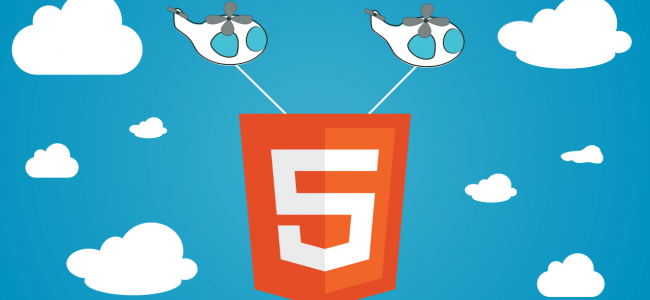Have You Changed Your Flash Ads to HTML5? If Not, the Time Is Now

It’s been a long time coming, so no one should be surprised: Flash is, for all intents and purposes, dead when it comes to display advertising.
The latest nail in the coffin for the once ubiquitous platform? As of the end of June, Google AdWords is no longer accepting display advertisements built on the Flash platform, and by the end of the year, will no longer display existing ads created in Flash.
Google’s move is not unexpected; last year, an update to Chrome changed the way plugins worked to require users to press play on Flash videos, rather than having the videos AutoPlay as they had in the past.
It’s not only Google that’s leading to the end of Flash, though. Within the realm of mobile, iOS devices have never supported Flash video, and Android has not supported it for at least six versions now. The simple fact that most users cannot watch Flash video on mobile while the majority of video is actually viewed on mobile devices leads to an inescapable conclusion for advertisers: convert to HTML5 or be left behind.
The Problem With Flash
Questions about compatibility and support aren’t the only reason Flash is finally meeting its demise. Not only has the platform always been somewhat unreliable and plagued with bugs, it’s also been plagued with security flaws. Hackers have consistently been able to exploit weaknesses in the platform to install malware and even gain remote access over users’ computers to wreak even more havoc.
However, in the advertising realm, it’s Flash’s poor performance that is leading many to make the switch to HTML5. According to one study, in terms of user engagement and successful impressions, HTML5 advertisements outperformed Flash advertisements by 400 percent. In fact, the study — which looked at nearly 10 million advertising impressions — found that more than 90 percent of the Flash ads defaulted to a static image, not the entire media experience that the advertisers paid for.
By the same token, only about 8 percent of the HTML5 ads defaulted to static images, meaning that the advertisers who use HTML5 for their display ads did not see the benefits that they paid for.
While the writing has been on the wall for some time now, many advertisers have been reluctant to switch to HTML5 for several reasons. For starters, Flash is less expensive in the short term than HTML5, especially when you consider the learning curve inherent in changing to an entirely different format. Advertisers who have created multiple ads — or paid designers to create ads — are often reluctant to spend more money bringing them up to speed. However, now that they have no choice but to switch, many are finally taking the steps necessary to create ads in HTML5.
What You Can Do to Convert Your Campaigns
Going forward, all of your display advertising should be created in HTML5. It does not have to be a difficult process, either; there are a number of tools available for making HTML5 banners that are easy for even inexperienced designers to use. If you have existing advertising, you will need to upload new ads to the Google Ad Network if you want them to be seen after December.
Some ads are eligible to be automatically converted; you will need to look at your own individual account and ads to determine whether you need to change some of your ads yourself.
If you don’t want to rebuild your ads from scratch, there are applications and tools you can use to convert your flash banners to HTML5. There are also some ad networks and publishers that offer rock bottom rates for Flash ads on networks specifically targeting desktop computers, which can still support Flash.
However, some marketing experts question the wisdom of this strategy, seeing as the issues with static images and impressions for Flash ads remain. Considering that you can target both desktop and mobile traffic with HTML5 ads, it only makes sense to convert ads to the updated format.
Basically, if you aren’t planning to convert your existing ads to HTML5, add them to your archives and move on with new, functioning media rich ads that actually deliver on the impressions that they promise.
It’s very likely that you’ve already made the switch to HTML5 for your banner advertising. If you haven’t done so, though, the time is now. You don’t want to lose AdWords momentum or waste money placing ads that will never be seen, so it’s in your best interest to find an HTML5 banner maker that is easy to use and allows you to create attractive, compelling ads that get the results that your business needs.




